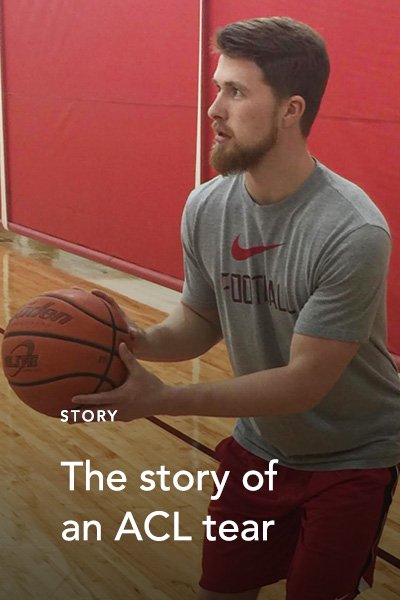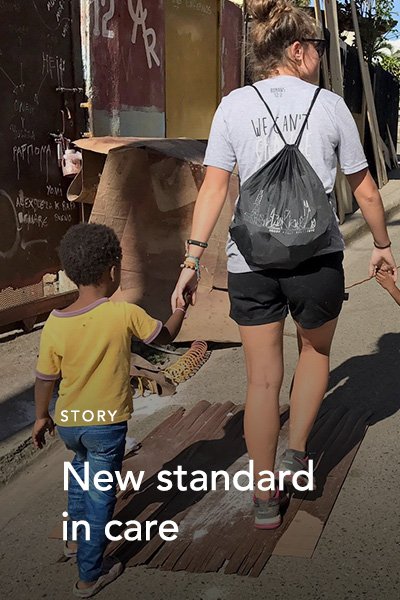A Review of the Management of Cartilage Defects in the Shoulder
Introduction
Glenohumeral cartilage defects in the young patient are a particularly challenging clinical problem given the longer life span of these patients and the greater demand that they place on their shoulders. Numerous etiologies can lead to glenohumeral cartilage disease. The initial treatment is always non-surgical, but when conservative management fails there are a variety of surgical options available including palliative, reparative, restorative, and reconstructive techniques for cartilage defects in the shoulder.
At Rush, we are continually analyzing new bioconstructs and collagen matrices to augment cartilage procedures in the shoulder. The current study evaluates whether a collagen I/III matrix with microfracture can promote the formation of tissue with similar architecture to native cartilage by organizing adhesion, migration, and differentiation of mesenchymal stem cells to chondrocytes. The data suggests that both microfracture and Autologous Matrix-Induced Chondrogenesis (AMIC) have the ability to fill a glenohumeral cartilage defect in a rabbit model significantly more than the surgical control based on micro-CT data. Although the current study does not reveal significant differences, there are some very important conclusions that can be drawn. One, further research is needed to characterize the trends seen in this study. We currently have a pivotal animal study underway that will use histology and MRI to corroborate the results reported here. Two, the rabbit glenohumeral model is a very good in vivo model to study glenohumeral cartilage defects. Overall, this study provides a solid foundation for continued basic science research.
However, basic science research in isolation cannot address the issue of glenohumeral cartilage defects without clinical corollaries. At Rush, we continue to pioneer in the aforementioned areas of palliative, reparative, restorative, and reconstructive techniques for cartilage defects in the shoulder joint. In order to understand the potential applications of this basic science research, a framework is required to guide a clinical management algorithm.




